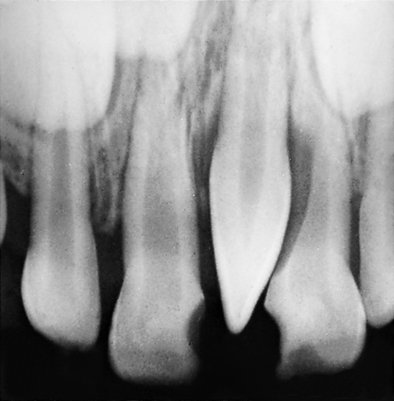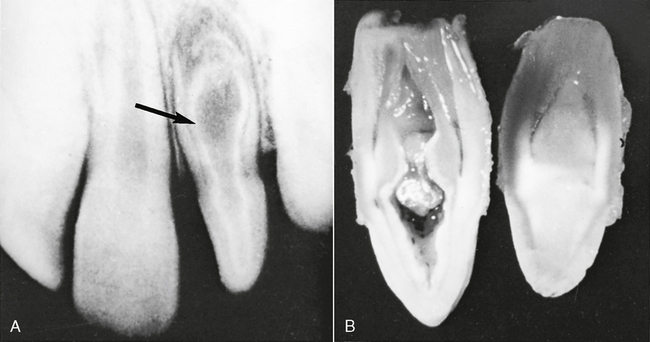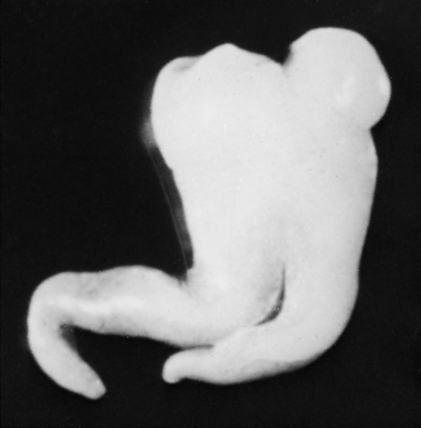Dental Anomalies
CLASSIFICATION OF DENTAL ANOMALIES
Anomalies resulting in a variation in the size of teeth are called macrodontia, which is when teeth are too large, (Fig. 7-1) and microdontia, which is when teeth are too small (Fig. 7-2).
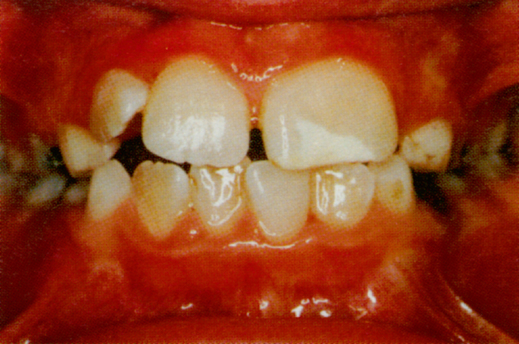
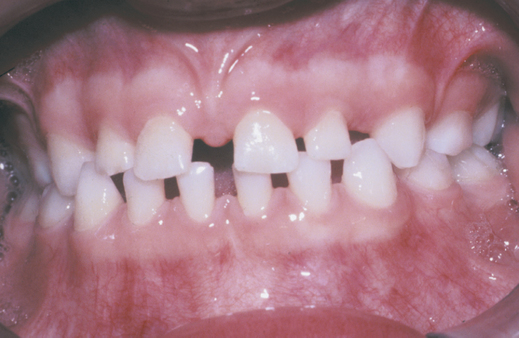
Anomalies resulting in a variation in the number of teeth are hyperdontia (multiple or extra teeth) (Fig. 7-3) and anodontia (too few teeth) (Fig. 7-4). Total anodontia exists if no teeth are present at all, and partial anodontia is if less than the normal number of teeth are present. True anodontia is the congenital absence of teeth. It may involve the permanent dentition, the primary dentition, or both. If the primary teeth are congenitally missing, their permanent replacements will also be absent.
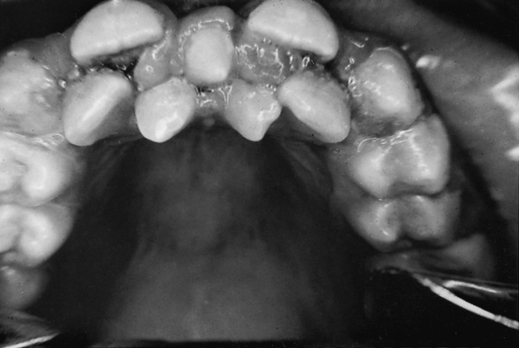
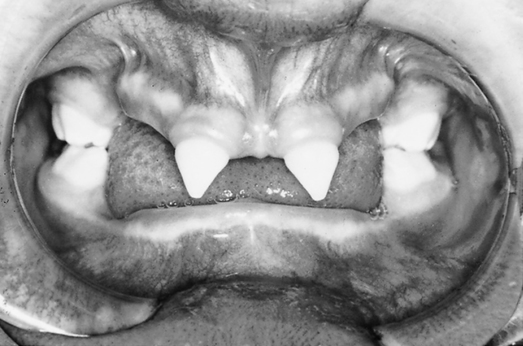
Supernumerary teeth arising in the midline of the maxillae are termed mesiodens (Fig. 7-5) and are the most common supernumeraries. The maxillary distomolars are the next most common supernumerary teeth. These distomolars are also called fourth molars and are located distal to the maxillary third molars. Mandibular distomolars do occur but not nearly as often as in the maxilla. A supernumerary tooth situated buccally or lingually to a molar is called a paramolar; they are usually small and rudimentary. The next most likely location for supernumeraries is the premolar area of the mandible. Only 10% of all supernumeraries occur in the mandible.
ANOMALIES IN SHAPE
Odontoma
An odontoma (Fig. 7-6) is a tumorous anomaly of calcified dental tissues. The two types of odontoma are complex, which consists of a single mass of dentin, cementum, and enamel in a large blob or unspecified shape; and compound, which consists of several small masses that more or less resemble rudimentary teeth. Although compound odontomas may sometimes resemble multiple mesoderms because they are similar to small, supplemental teeth, they are smaller.
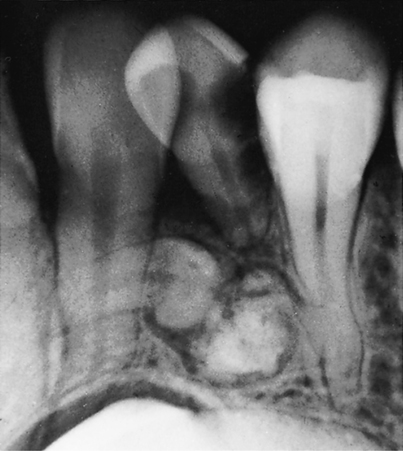
Dens in Dente
Dens in dente (Fig. 7-7) is a developmental variation thought to occur when the outer surface of the tooth crown invaginates or turns itself inward before mineralization. The term, dens in dente means tooth within a tooth. An x-ray image of a dens in dente shows what appears to be a tooth actually within a tooth (see Fig. 7-7, A). This invagination allows communication between the oral cavity and the inner enamel-lined cavity, which could be considered an extremely deep pit. Permanent maxillary lateral incisors are the teeth most often affected by dens in dente.
Stay updated, free dental videos. Join our Telegram channel

VIDEdental - Online dental courses


